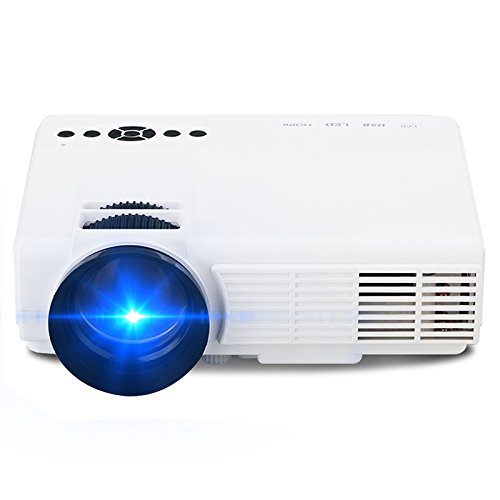

130 samsung projector tv#
Where the Samsung really has a leg up on many competitors is the extensive smart TV functionality. Only the LG HU85LA could also boast a beautiful smart TV environment. The only, small downside: the remote is not illuminated, so in the dark you have to work by touch. Although that is not so bad due to the small amount of keys. Just like on the TVs, only the minimal keys are available. But that is absolutely no obstacle to ease of use, thanks to the handy Tizen smart TV environment. The remote can also be set up to control connected devices. The compact remote is finished in white, matching the projector. It is slightly curved and fits nicely in the hand. The keys are easy to press. The projector has a sensor that switches off the lamp when you bend over the projector, useful if you have children at home who want to find out where the image comes from.

The projector offers the same smart TV environment, remote control and settings menu as the Samsung TVs. The Samsung Smart Hub navigates quickly, is well-arranged and offers all the necessary settings to calibrate the projector. Unlike the LSP9T, the menus didn’t look overly colored. The Premiere LSP7T shares the LSP9T’s excellent ease of use. It is undoubtedly one of the trump cards of these Samsung projectors. We take our description from the previous article and point out the small differences. The most important? Know that even the slightest move will require you to readjust the image. Ensure a perfectly flat projection surface to avoid image distortion. We use a Projecta Tensioned Elpro Concept screen, an electrically retractable and stretched screen. The projector is very quiet, you only hear a slight noise. This is all the more important as there is no setting to lower the light source, which invariably leads to less noise on other projectors. Its relatively quiet feature is a good trait it shares with its big brother. Moreover, since it is at the front of the room and you are relatively far away from it, that will never bother you.įurthermore, you should consider all the pros and cons of UST projection. We notice, just like with the LSP9T, a small chromatic deviation as soon as we have set everything up. The effect is small, less than a pixel it seems, and never interfered with ordinary viewing. If you do not project on a perfectly flat surface or if the projector is not perfectly straight in front of the screen, the distortion in the image is very large with UST projectors. Samsung offers you a correction of the trapezoidal distortion where you can adjust the four corners. Or with more extensive distortion, you can even adjust 15 points on the screen.

Other than that difference, the projectors are identical. The projection offset is 120%, the bottom of the image is about 20% of the image height above the top of the device. You can set the motorized focus via the menus. A zoom or lens shift is missing, just like on all UST projectors. The focus is set in no time, which is sharp over the entire image. We find a first small difference in the drafting. Yes, this is also an Ultra Short Throw projector, but the projection ratio is slightly larger than that of the LSP9T. The LSP7T projects a 90 to 120 inch image when it is 25 to 42 cm from the wall. For comparison, with the LSP9T you get a 100 to 130 inch image between 11 and 24 cm from the wall. The difference in projection ratio therefore seems small (0.25 vs 0.19), but the effect is quite large. For a 100 inch image, the LSP7T should already be 30 cm from the wall. Then add the depth of the device (34 cm) and the front of the projector is already 64 cm from the wall. That is probably more than most TV furniture. There is therefore a real chance that you will have to pull the TV cabinet forward.


 0 kommentar(er)
0 kommentar(er)
